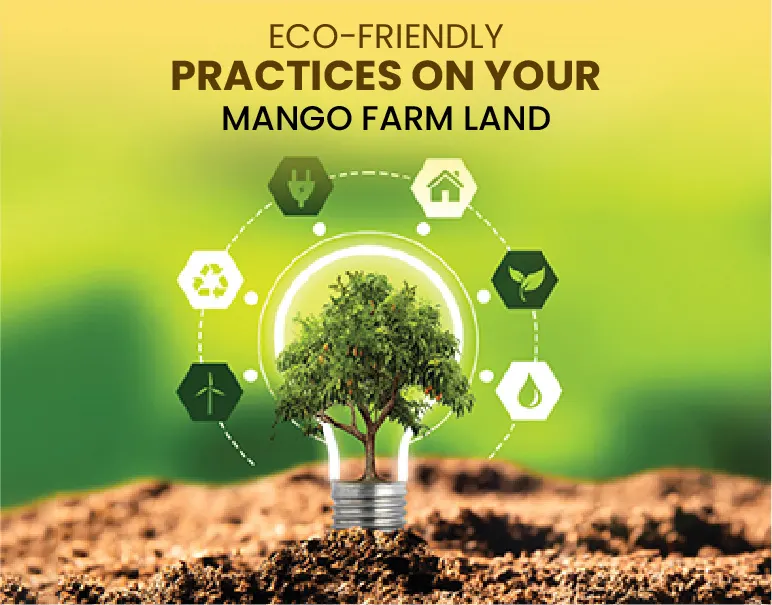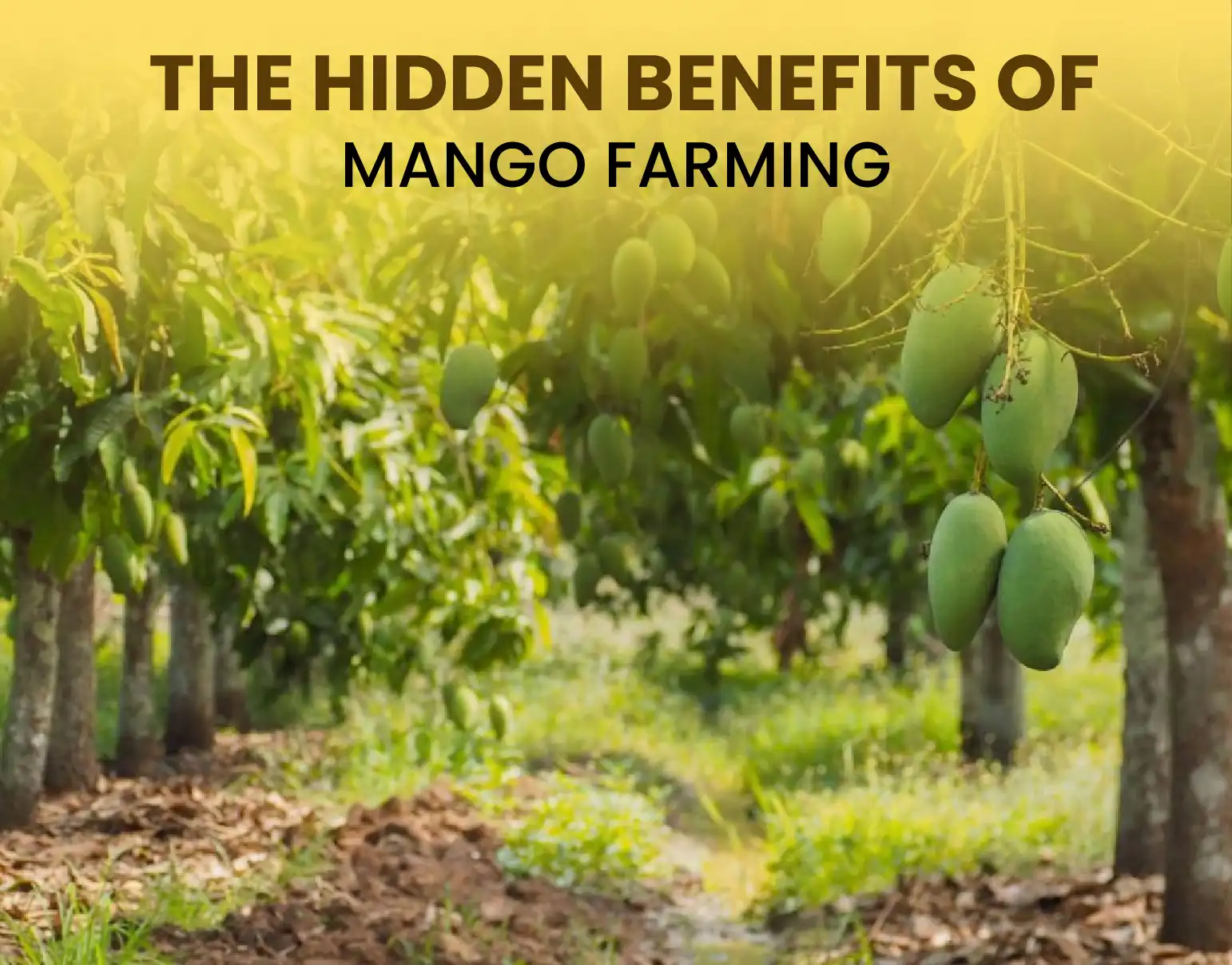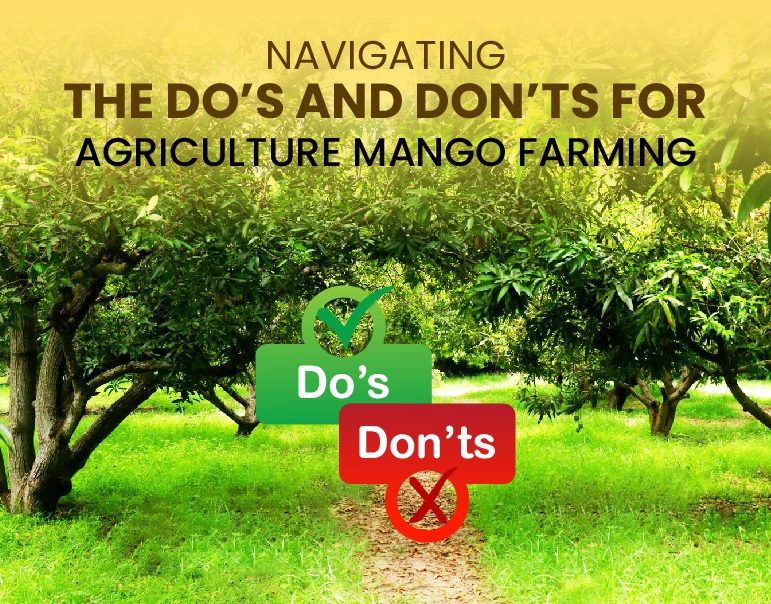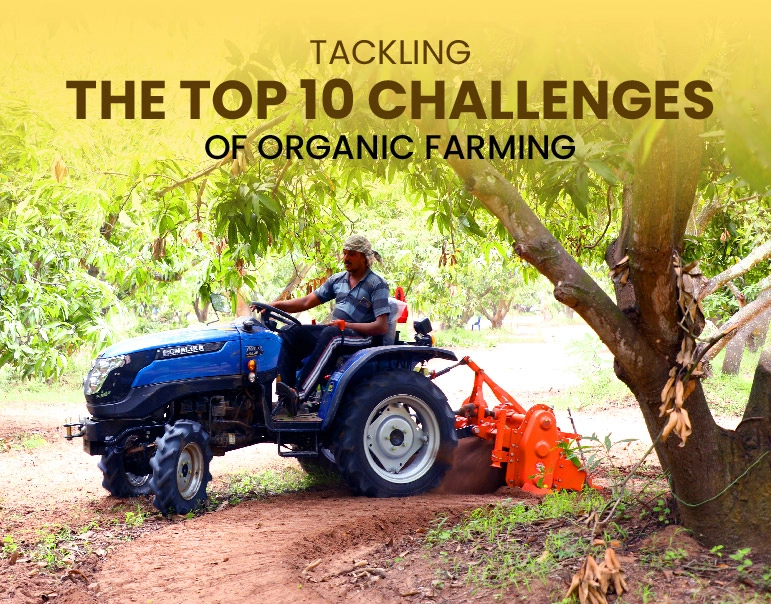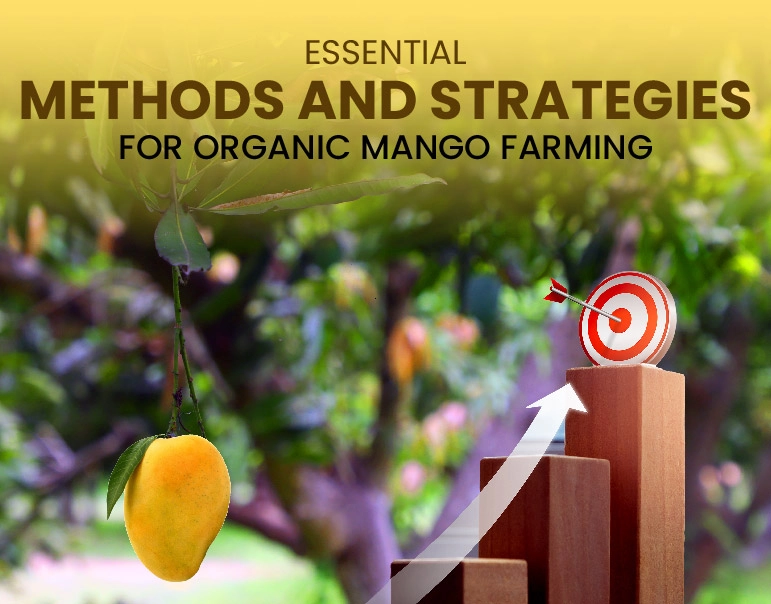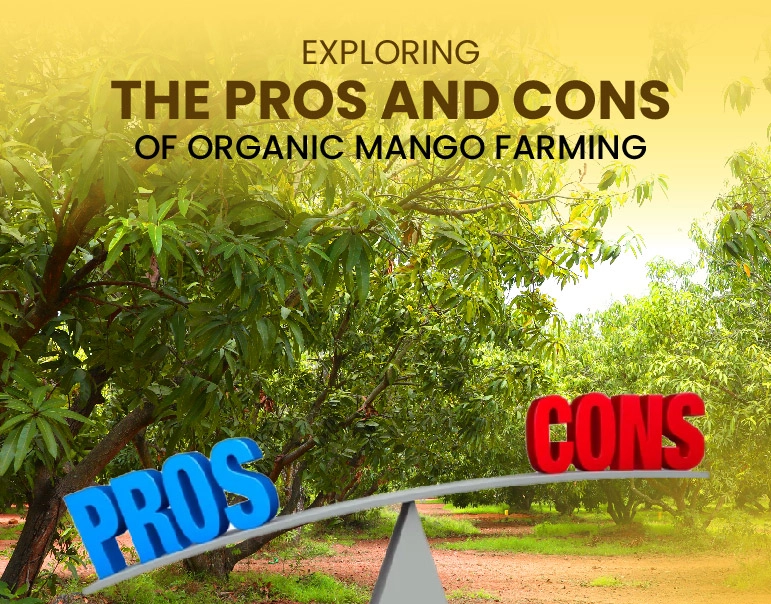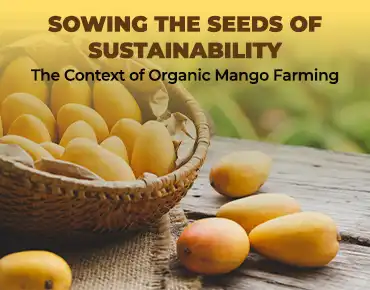Mango farm production trends for 2024-2025: An estimated 4.2% increase
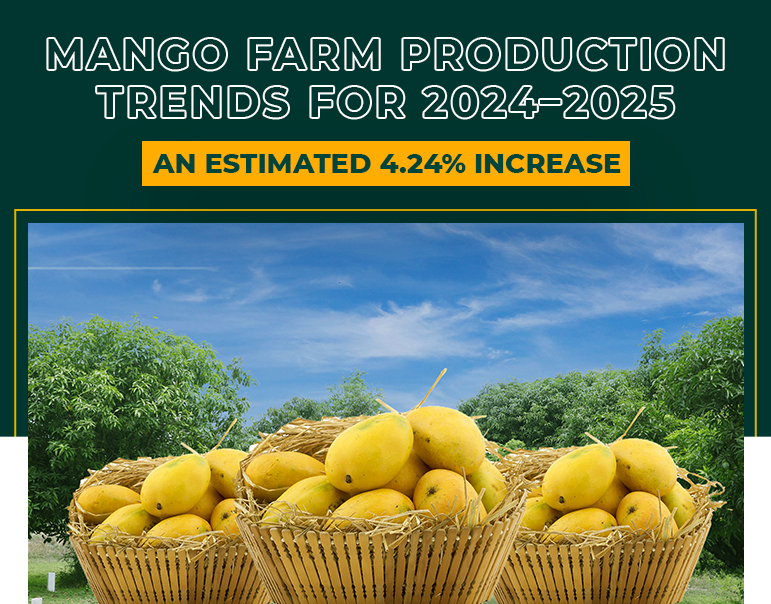

Particularly in tropical areas like India, Thailand, and Mexico, mango output is significant for agricultural economies. The agriculture industry is preparing to satisfy changing consumer tastes and foreign market needs as global mango demand keeps rising. Good climatic conditions, sophisticated agricultural methods, and growing export markets are driving a promising 4.2% increase in mango production for 2024-2025. This blog looks at important patterns impacting mango output and provides understanding of what is driving this expected increase.
Modern agricultural methods such as grafting methods, drip irrigation, and the adoption of high-yielding cultivars are revolutionizing the practice of mango growing. Farmers can raise output even in areas prone to water shortages by raising water usage efficiency and cutting resource waste.
Farmers are increasingly adopting precision agriculture, which involves using data to determine optimal fertilization, irrigation, and pest management strategies. These advancements not only boost productivity but also bolster sustainable farming practices, gaining popularity in both domestic and international markets.
Regions including India, Brazil, and Thailand should gain from good weather in 2024–2025. The timing of monsoons and stable temperatures help produce the perfect conditions for more mango output. Warmer winters make trees blossom early in coastal South Asian areas, therefore increasing the harvest period and allowing producers to meet early-season market demand.
Premium pricing depends on early yields since mangoes picked before peak season usually have better returns both locally and internationally.
Mango exports, particularly from nations like India, Peru, and Mexico that control the world market, are showing a steady rise. Popular types such as Kent, Tommy Atkins, and Alphonso are steadily in demand in Europe, North America, and the Middle East.
Exotic fruits—especially mangoes—have drawn consumers in more and more because of their rich flavor character and health advantages. Furthermore, the growing popularity of organic farming has driven demand for mangoes free of chemicals, thereby creating new chances for growers concentrated on sustainable development.
Major mango-producing governments are encouraging mango farms production through cash subsidies, insurance coverage, and technical support. For example, farmers in India gain from programs pushing organic mango farming and export promotion by lowering tariffs.
Programs for export facilitation and incentives to embrace climate-resilient farming methods are helping farmers boost output. These policies guarantee better yields and make mango growing a financially safe endeavor.
With customers and farmers both adopting environmentally friendly methods, sustainability has grown to be a main force in the agricultural industry. Organic mango farming is rapidly expanding to satisfy consumers seeking superior, pesticide-free options.
People are adopting agroforestry methods, which combine mango farming with other crops and trees, to improve soil quality and biodiversity. These techniques improve resilience against climate change and lower carbon footprints at the same time. Mangos satisfy the quality criteria set by markets that care about the environment through sustainable farming methods.
Mangao cultivation gains yet another level of profitability from the growing market for value-added mango goods, such as mango pulp, dried mango, juices, and jams. Growing agro-processing businesses in mango-growing areas are generating a consistent need for surplus or lower-grade fruit.
Growing demand for ready-to-consume products has driven farmers to investigate alliances with agro-industrial companies. By cutting waste and following new food trends—especially in foreign markets—this maximizes revenue.
Despite the positive forecasts, mango producers are likely to face various challenges.
Climate Change: Unexpected rainfall patterns or too strong heat waves could disturb the stages of flowering and fruit-setting.
Pests and Diseases: Major yield loss can result from fruit fly infestations as well as from fungal illnesses like anthracnose.
Post-Harvest Handling: Mangoes are delicate fruits that, especially during exports, need effective shipping and storage to avoid spoiling.
Using integrated pest management (IPM) systems, climate-resilient cultivars, and better post-harvest methods, farmers are reducing these hazards.
Farmers grow mangoes using technology, which also aids in weather forecasting, farm management, and productivity maximization. Farmers are increasingly using drones for crop surveillance, while mobile apps provide real-time data on soil conditions, pest control strategies, and market pricing.
Market analysts project that in 2024–2025 the worldwide mango output volume will reach unprecedented levels. The projected 4.2% rise captures the whole influence of improved global demand, technical developments, and suitable weather conditions.
With an emphasis on sustainability and value addition, the rapidly evolving mango growing sector is seeing farmers become more strategic, focusing not only on output but also on building marketable brands through organic certification and agrotourism projects. As customers become more health-conscious, the demand for premium and organic mangoes is likely to increase.
As governments support agricultural growth and positive market trends, we expect mango farming to be a successful endeavor. Meeting global standards, guaranteeing sustainable practices, and optimizing value via agro-processing will increasingly take center stage.
For mango growers and investors, the expected 4.2% rise in mango farming output for 2024–2025 points to interesting prospects. From increasing export markets to environmentally friendly farming practices, several elements are fueling this increase. Government backing, favorable weather, and modern technology are helping farmers to maximize profitability and production.
Mangos provide a special mix of financial returns and environmental advantages, as demand for them is rising all throughout the world. Whether through value-added goods or fresh fruit sales, mango farming appears to have a bright future for the agricultural industry.
